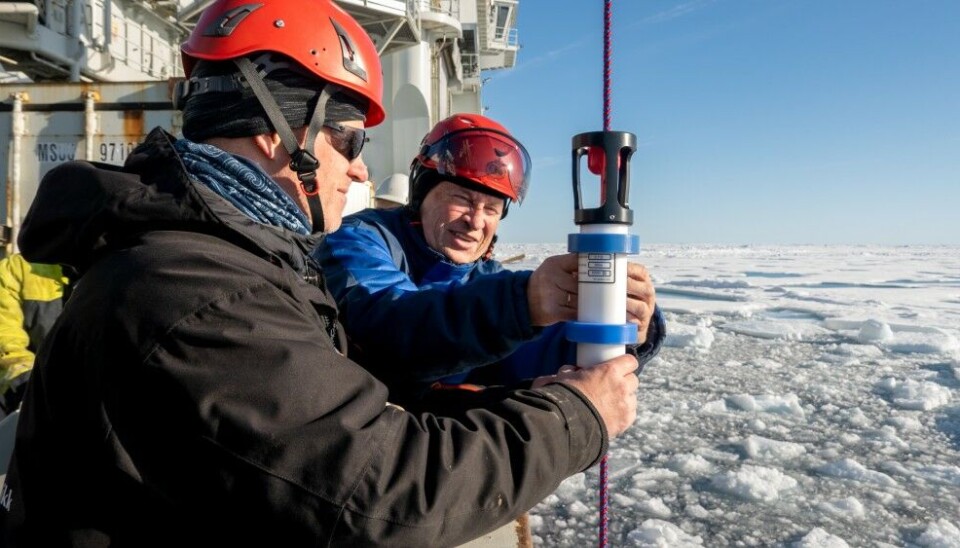
Norwegian scientists obtained unique data from the Arctic Ocean
The data will be crucial to understand the scale of climate change in the Arctic.
Scientists from the Norwegian Polar Institute have retrieved a data-collecting device, which they installed two years ago at the Institute’s northernmost and deepest level in the Arctic Ocean, The Norwegian Polar Institute reports on their website.
The measurement included information about the water, the ecosystem, and the ice. It has also recorded sounds of the ice crashing, whales, and possible ships in the area.
“We need the knowledge as soon as possible,” - oceanologist Paul Dodd is quoted as saying. “The data from the rigs are crucial so that the polar nation of Norway, and the international community, can work together to take care of the seas in the far north of the globe.”

Scientists highlight that the Arctic Ocean is getting warmer, and the previously frozen area is becoming available for human activity, such as fishing, transport, and tourism.
“The fact that we have secured the data from these rigs marks the beginning of a new era when it comes to long-term monitoring in the deep Arctic Ocean. Finally, we can compare the situations in the two basins, which we expect to be quite different,” Paul Dodd says. The two basins are the western part of the Amundsen Basin and the Nansen basin further south-east.

Researchers suggest that the data will help to add evidence to their theory that soon the Arctic Ocean may become warm enough for Atlantic species to outcompete the polar species that are adapted to cold conditions and often dependent on ice.
Despite the Arctic warming, the area where the crew of the Kronprins Haakon had to raise the 4,000-meter rig, is still densely covered with ice which makes such a scientific operation especially challenging.
“By the end of 2026, we hope to have analyzed the data, before making everything available and easy to understand for everyone who can benefit from the knowledge,” Paul Dodd is quoted as saying.














